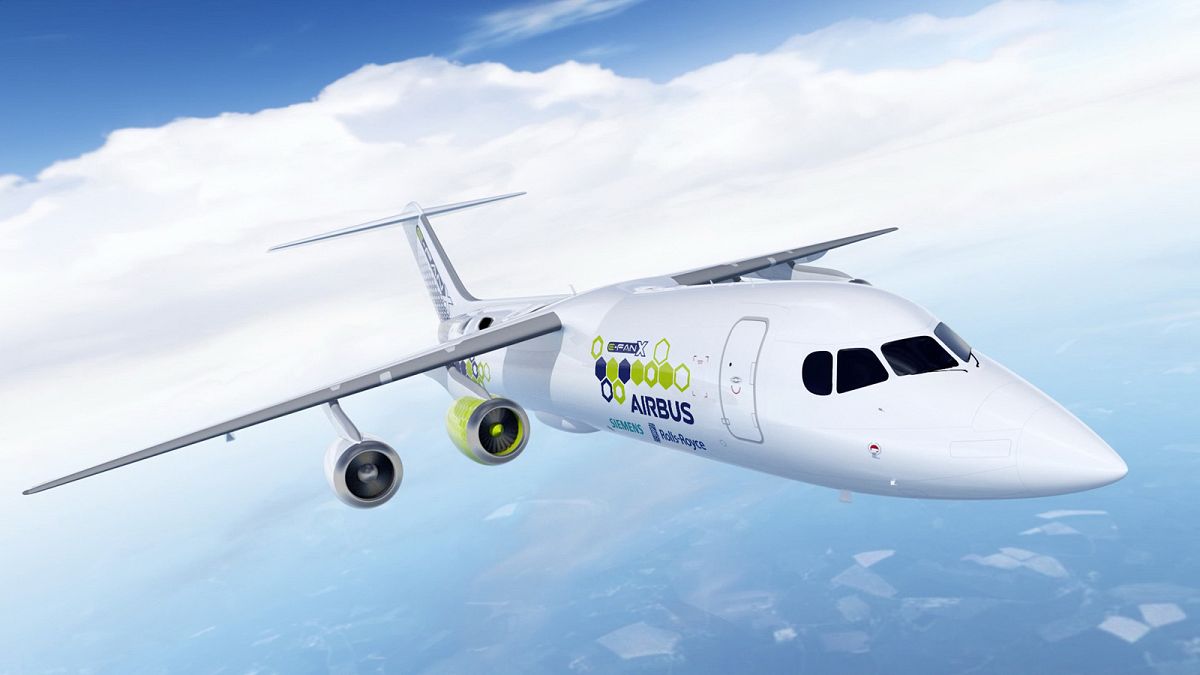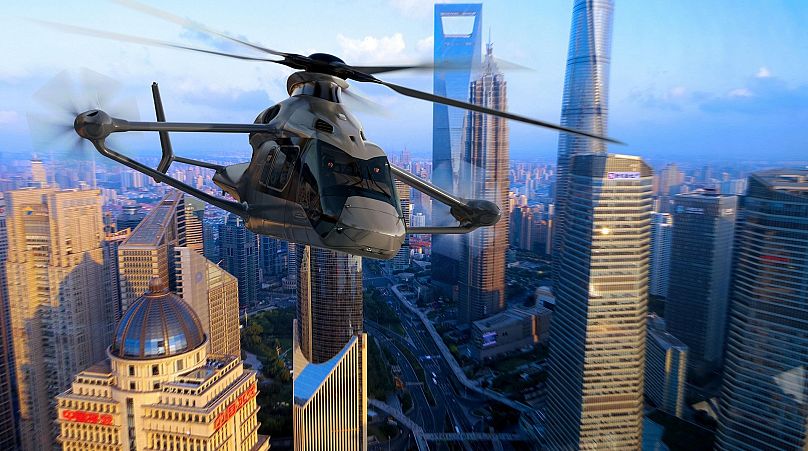The dawn of the Jet Age, nearly 70 years ago, continues to greatly impact the world. Each year, a whopping three billion passengers travel by air.
While connecting people, near and far, commercial aviation is facing headwinds when it comes to the environment.
As such, the European Union has set meaningful goals for the sector: reductions in CO2 (75 percent), nitrous oxides (90 percent) and noise (65 percent) by 2050. The industry is complying, while pro-actively exploring clean innovations.
Airbus is a key player in the ‘third aerospace revolution’ — a phenomenon fuelled by ever-evolving tech. It is combining such expertise with experience to spearhead substantial and ingenious environmental solutions.
The company is bringing everything from hybrid-electric propulsion to renewable wing design to the global fore, as it leads the way into a thrilling new era of low-carbon commercial flight.
Greener, Quieter Hybrid Planes and the 21st Century Trent
This decade has seen rapid progress for all-electric aircraft. But given the current state of the art in batteries and other factors, hybrid-electric short- to medium-range passenger planes will be the first to be cleared for takeoff.
These greener, quieter jets could be soaring the skies by 2025. Like their automotive counterparts, hybrid aircraft could be a bridge to large all-electric jets.
Airbus is taking a quantum leap into this area. Teaming up with Rolls-Royce and Siemens, it will develop the E-Fan X demonstrator, set to fly in 2020.
Building on past research, including its radical two-seat E-Fan all-electric plane prototype, Airbus will furnish the control architecture of the hybrid-electric propulsion system and batteries, and enable integration with flight controls.
A 2MW electric motor (from Siemens) will initially replace one of four gas turbine engines in a British Aerospace 146 (BAe 146). This short-haul aircraft will be the project’s test bed. Later, another electric engine will replace a second gas turbine.
The jet must pack serious power — over 30 times that of its smaller predecessor. To do this, a gas turbine, installed in the demonstrator’s rear fuselage, will charge a 2 MW electrical generator (both provided by Rolls-Royce). Energy will be stored in lithium-ion batteries and used in takeoff and ascent.
The environmental and economic advantages of the E-Fan X are significant. Fuel costs could be cut by 15 percent and conceivably trickle down to consumers via lower airfares. The project will be in line with clean targets under the European Commission’s Flightpath 2050 Vision for Aviation.
Beyond working with hybrid-electric engine technologies, Airbus is partnering with Rolls-Royce on a 21st century fuel-efficient overhaul of its classic Trent.
The lower emission UltraFan® — the next generation scalable long-range/short-range jet engine — is expected to be 25 percent more fuel efficient than the original legendary engine.
The demonstrator project, which could be ready for service adoption by 2025, is being co-funded by Clean Sky 2, the current phase of the EU’s eco-aeronautics research programme.
Taking the Drag Out of Flying
Clean Sky has also backed a game-changing innovation in wing design being developed by Airbus and its partners.
The Breakthrough Laminar Aircraft Demonstrator in Europe (BLADE) could lower CO2 emissions by up to five percent, by lessening drag — the jet-slowing phenomenon caused by friction and air pressure differences.
Accordingly, the project aims to reduce wing friction by 50 percent. It is doing this by developing aerodynamic concepts, similar to the drag-reducing ones seen in glider planes, which would make wind flow smoother and more efficient.
A consequence of alleviating drag is that an aircraft consumes less fuel and uses less power. As fuel makes up a large chunk of airline operating costs, the effects of the programme, which is unprecedented in commercial aviation, cannot be underestimated.
While the laminar flow wings would be introduced on single-aisle planes, in future, with further R&D, they could be integrated into higher speed long-range airliners such as the A380 superjumbo.
An A340, modified for BLADE with the integration of the newly designed wings, first took flight in September 2017. Ongoing testing will run through 2019.
It’s a Helicopter, It’s a Plane… It’s RACER
Helicopters can take off, hover and land vertically but they’re fairly slow. Planes fly at much greater speeds, but require runways.
A never-before-seen ultra-fast, sustainable, noise-reducing aircraft will pull together the best aspects of both, along with additional features.
Airbus Helicopters is building just such a demonstrator, the Rapid And Cost-Effective Rotorcraft (RACER) — with support from Clean Sky 2.
The RACER will hit a top cruising speed of 400 km/h — that’s 50 percent faster than a standard copter, with twice the range.
The aerospace company is commercially advancing its successful X3 prototype
— a high-speed compound helicopter, which achieved the milestone flight speed of 472 km/h in 2013. The RACER has a similar configuration.
The super-copter will be equipped with a main rotor and novel lateral rotors, but also gets an upgrade with an aerodynamically efficient box-wing design — providing increased lift and forward momentum while the aircraft is in cruise mode. Rotors will be optimised for noise minimisation.
A lower body weight — thanks to a hybrid metallic-composite airframe, and a new high-voltage direct-current electrical generator — will benefit fuel efficiency and aerodynamics.
The RACER will be fitted with twin Aneto high-power engines by Safran. An Eco Mode is also being tested which would enable one motor to be paused — preserving fuel at low speeds or during light loads.
The cutting-edge aircraft is set to consume 15 percent less fuel, and thus be more cost-efficient.
It could be commercialised by 2030, fulfilling a range of missions — from emergency medical services to private and business flight.
As Airbus merges lightning-fast technological advances with sustainability, it is setting new industry standards and crystallising a cleaner future for aerospace today.
Keep up with these projects and other aviation breakthroughs by visiting Airbus


